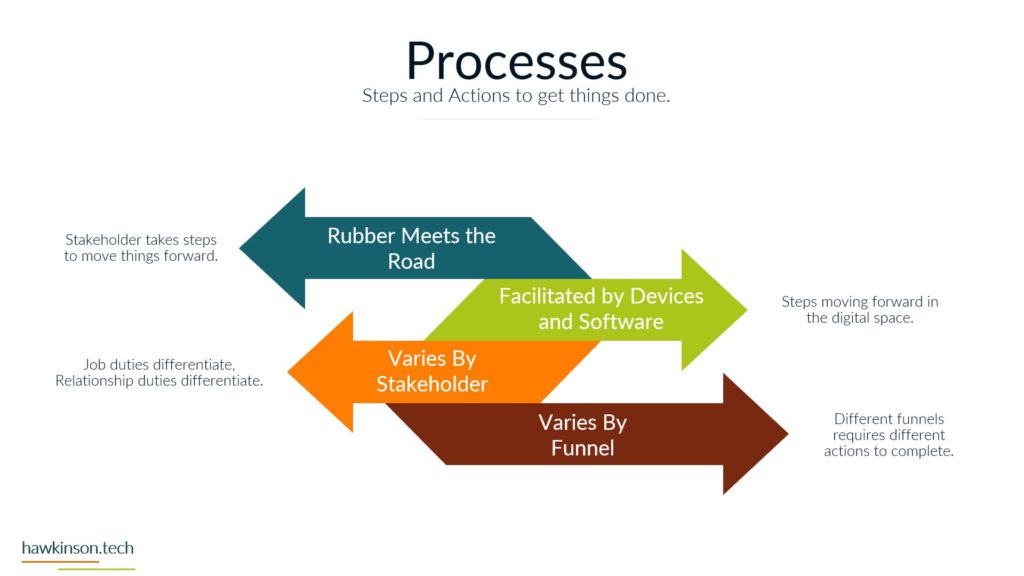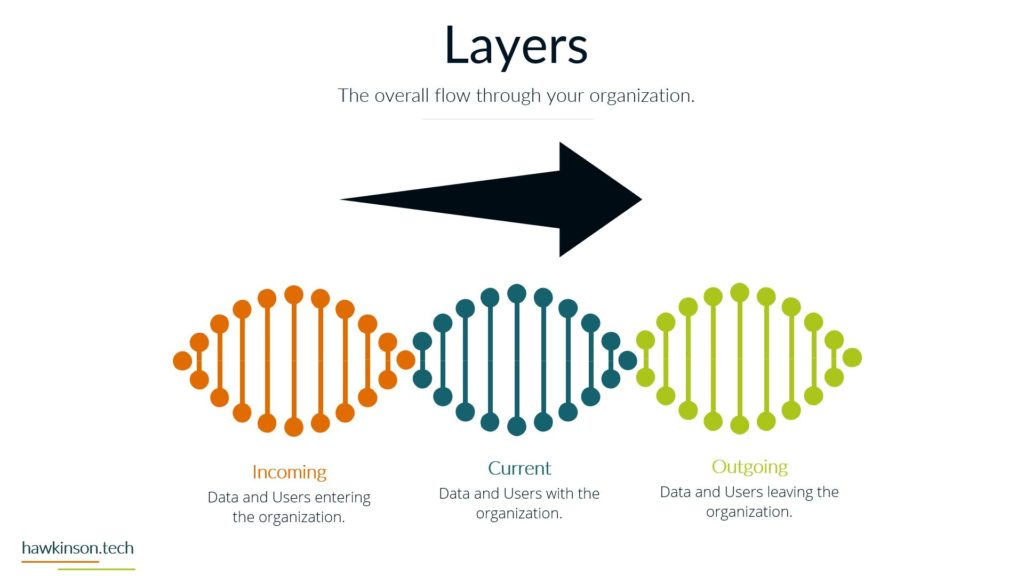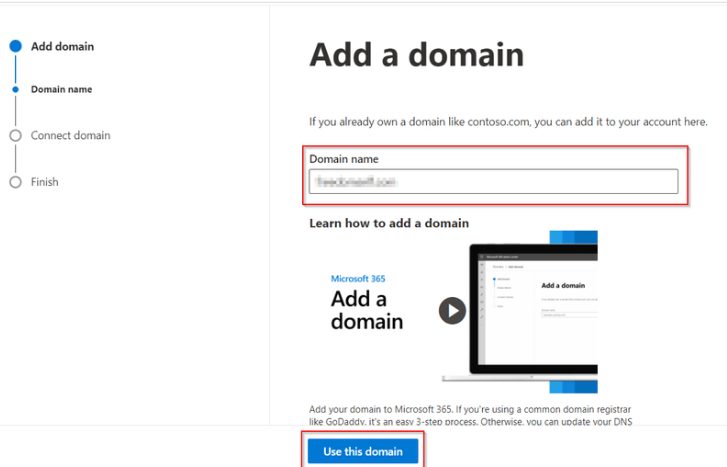WordPress is a popular website builder and content management system. The open-source, unrestricted platform offers a wide range of customization options, giving users much control over the appearance and functionality.
WordPress might be a good choice if you want to build a highly customized website with special features. It is a popular platform for creating websites because it is incredibly adaptable. WordPress can be used to create practically any website you can think of!
It may be used to launch a blog, develop a website for a small business, manage a market, create a membership site, sell courses online, and much more. With plugins, there is no end to what can be built with WordPress.
Key Features
Customized Web Design
WordPress’ flexibility in terms of website design is indeed one of its best features. Users of WordPress have complete access to the platform’s source code, allowing them to alter any predefined theme or design significantly. The options for creating a website are endless thanks to that and the existence of over 59,000 complimentary WordPress plugins that enhance the functionality and capabilities of websites.
Intuitive Dashboard
The WordPress Dashboard hosts your website’s back end. You may update your drop-down menus, add pages, submit posts, add plugins, change settings, and more here. Even if you are not an expert website designer or developer, the WordPress Dashboard is quite easy to use.
You can also include Dashboard widgets to improve the primary overview of your Dashboard with social media connectors, analytics, and other features.
Media Management
The Media Library in WordPress allows you to keep your photographs, movies, files, and other multimedia in one location. You can upload media directly from the article, page editor, or media library. A title, a subtitle, a description, and alternate text are all customizable.
Simply said, WordPress can function in any way that you specify. Everything depends on your knowledge of coding, the WordPress theme you select, and the plugins you activate. You can include as few or as many features as you like. The internet is your playground with WordPress.



























